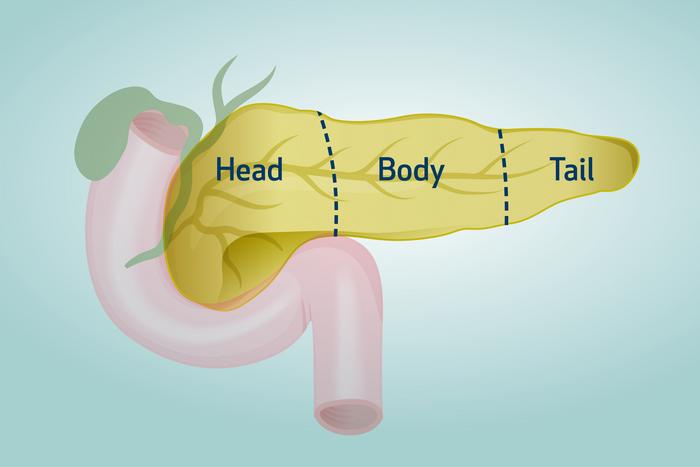Bushfire Evacuation Simulator Secures Esteemed Award in the United States
A transformative collaboration that connects experts across multiple continents has ushered in a new era for bushfire management, paving the way for enhanced fire safety through advanced technology. The groundbreaking initiative has birthed a state-of-the-art bushfire evacuation simulator tailored to visualize the spread of fires and predict human movement under various conditions. This innovative tool, […]


A transformative collaboration that connects experts across multiple continents has ushered in a new era for bushfire management, paving the way for enhanced fire safety through advanced technology. The groundbreaking initiative has birthed a state-of-the-art bushfire evacuation simulator tailored to visualize the spread of fires and predict human movement under various conditions. This innovative tool, dubbed WUI-NITY, factors in elements such as traffic congestion and fluctuating weather patterns to deliver critical insights into community evacuation timelines during bushfire crises.
A diverse coalition of researchers from RMIT University in Australia, Imperial College London in the UK, Canada’s National Research Council, and Lund University in Sweden has united efforts for over eight years to bring this project to fruition. Their relentless dedication to fire safety recently garnered recognition in the form of the Foundation Medal, one of the highest honors awarded by the US National Fire Protection Association (NFPA). This accolade underscores the profound impact of their collaborative efforts in enhancing bushfire response strategies.
Dr. Erica Kuligowski, a key leader in this initiative from RMIT University, articulated the simulator’s significance in bridging a critical gap in bushfire disaster management. WUI-NITY provides indispensable data on potential evacuation movements and the timing required for effective emergency planning as communities brace themselves for impending bushfire seasons. By addressing these critical aspects, the simulator empowers emergency services and local authorities with the tools necessary to orchestrate safe and efficient evacuations.
.adsslot_hrPoz2SimH{width:728px !important;height:90px !important;}
@media(max-width:1199px){ .adsslot_hrPoz2SimH{width:468px !important;height:60px !important;}
}
@media(max-width:767px){ .adsslot_hrPoz2SimH{width:320px !important;height:50px !important;}
}
ADVERTISEMENT
The simulator is designed to incorporate a plethora of variables that can impact evacuation effectiveness. Dr. Kuligowski highlighted that the model includes scenarios such as blocked escape routes, shelters reaching capacity, car accidents, and even road lane reversals triggered by ongoing fires. Capturing these complexities is vital for authorities striving to manage evacuations and firefighting operations as comprehensively and effectively as possible.
In an era where such simulation tools are few and far between, WUI-NITY stands out for its unique ability to integrate bushfire dynamics with pedestrian and traffic movements. The rigorous validation process, which involved real-time traffic data, virtual reality driving simulations, and social media analytics, sets this simulator apart from other products in the field. This validation is paramount, as it not only enhances the simulator’s reliability but also builds confidence among its users.
The RMIT team’s innovative approach included groundbreaking social media data mining techniques to study evacuation behavior, complemented by contributions from partner organizations utilizing virtual reality technology to explore driving reactions in wildfire scenarios. This multifaceted approach enriches the simulator’s capability to replicate realistic bushfire conditions, providing emergency planners with detailed insights into how people could behave in a crisis.
WUI-NITY has also undergone extensive testing in real-world scenarios, notably during large-scale community evacuation drills, including a significant exercise in Roxborough Park, Colorado. These practical applications have helped refine the model, adding layers of realism and depth to the simulations. By aligning the simulator closely with on-the-ground experiences, the research team is bolstering its practical utility for emergency responders.
The success in developing WUI-NITY is not solely attributed to its individual components but rather to the cooperative spirit that marks the collaboration among the research institutions and their diverse array of expertise. The significance of teamwork in crafting a tool of this caliber cannot be overstated, as it embodies a fusion of knowledge and innovation from multiple fields.
Steve Gwynne, who was part of the research team at GHD before moving on to the University of Greenwich, reflected on the positive impact of the collaboration. He noted that the overarching goal has always been twofold: firstly, to demonstrate the tangible benefits of quantifying evacuation performance and secondly, to provide a thorough example of how such quantitative analysis can be achieved. This strong commitment to stakeholder engagement illustrates the broader implications of their work, showcasing how informed decision-making can result in enhanced disaster management strategies.
The WUI-NITY tool, accompanied by a comprehensive user guide, is freely accessible online, inviting interested authorities and individuals to leverage its capabilities in their respective capacities. Continuous development efforts are aimed at refining the simulator further, tailoring it to meet emerging needs in bushfire management, underscoring the responsiveness of the research team to real-world applications.
Looking ahead, the RMIT team plans to conduct interviews with evacuation planners and decision-makers over the coming year. These conversations will inform ongoing improvements to the WUI-NITY tool, ensuring that it remains relevant and effective as bushfire challenges persist and evolve. This proactive approach signifies commitment not just to technological advancement but also to real-world impact.
The project exemplifies the importance of innovation, collaboration, and community involvement in tackling the growing challenges posed by climate change and increasing wildfire occurrences. As more regions wrestle with heavier and more frequent wildfires, tools like WUI-NITY can play a pivotal role in enhancing public safety and minimizing loss.
In conclusion, WUI-NITY is not just a technological achievement; it represents a monumental shift in how we approach disaster management. By harnessing the power of modern tools, interdisciplinary collaboration, and real-time data analysis, this simulator has the potential to save lives and improve the resilience of communities facing the threat of bushfires in the future. The efforts of the award-winning researchers across several nations epitomize what can be achieved when brilliant minds unite toward a common goal.
Subject of Research: Bushfire evacuation simulation
Article Title: Advanced Bushfire Evacuation Simulator Honored for Safety Innovation
News Publication Date: October 2023
Web References:
References:
Image Credits: NFPA
Keywords
Tags: bushfire management technologycommunity evacuation strategiesemergency preparedness for bushfiresevacuation simulation toolsfire safety innovationsinternational research collaborationNational Fire Protection Association awardpredictive modeling for disaster responseRMIT University bushfire researchtraffic congestion impact on evacuationsweather patterns and fire spreadWUI-NITY bushfire simulator
What's Your Reaction?
































